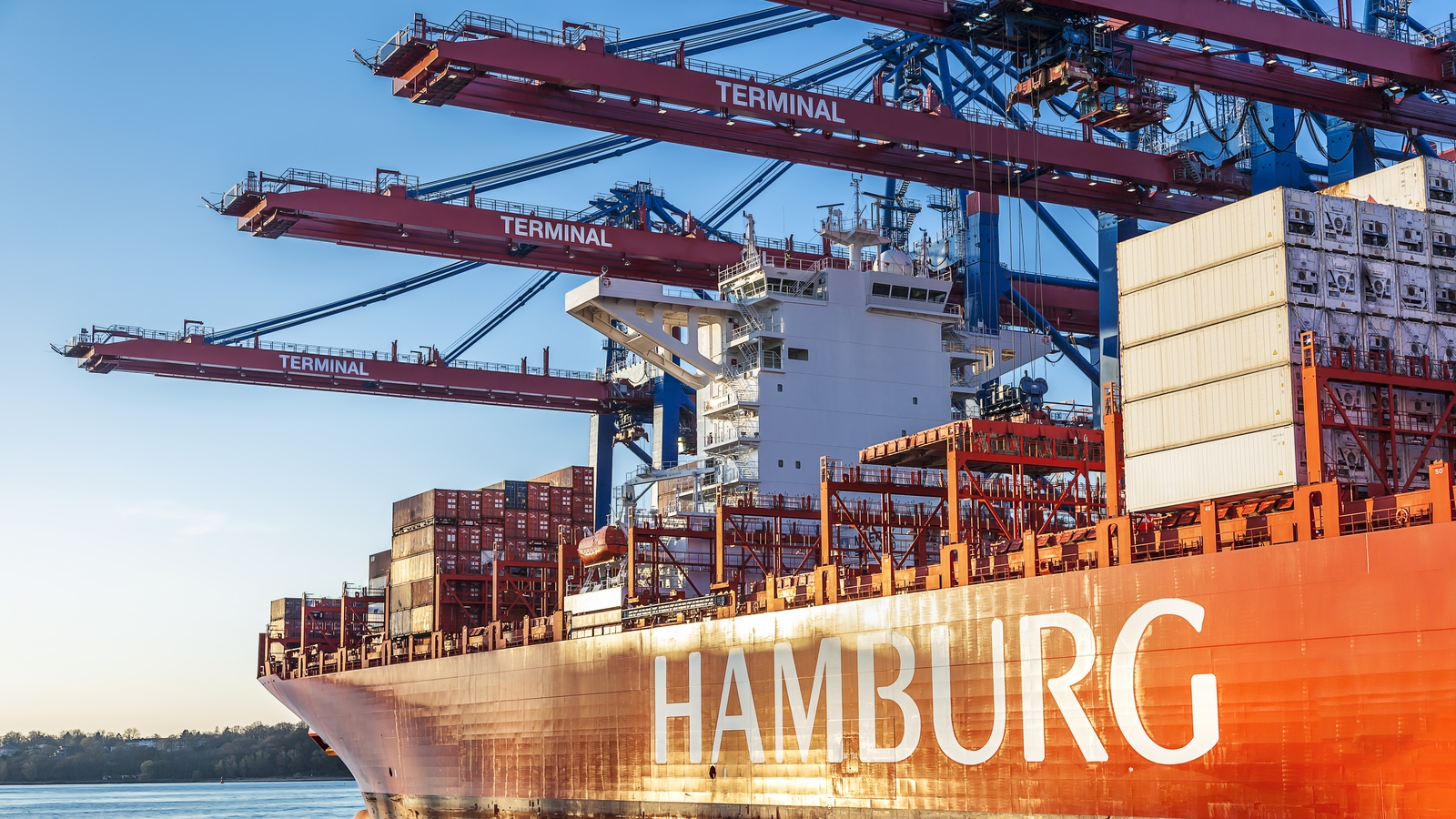Bussiness
German exports up in March but weak orders spoil party

German exports picked up in March but industrial orders fell unexpectedly, official data showed today, reflecting a mixed picture for Europe’s biggest economy.
Exports rose by 0.9% month-on-month after a decline of 1.6% in February, federal statistics agency Destatis said, defying expectations of a continued downward trend.
But new orders, closely watched as an indicator of future business activity, fell by 0.4% month-on-month.
Analysts surveyed by FactSet had expected a rise of 0.45%.
ING bank analyst Carsten Brzeski said today’s figures confirmed “the return of the export-driven German growth model”.
However, the weak industrial orders “spoiled the party of optimism”, he said, illustrating “the high risk that the revival of the export-oriented success formula is only short-lived”.
March orders were propped up by strong demand from the euro zone, but domestic orders fell by 3.6% and those from the rest of the world were down by 2.9%.
Exports to the European Union rose by 0.5% compared with February, and those to the rest of the world also rose by by 1.3%.
Imports to Germany, meanwhile, rose by 0.3% month-on-month in March, with the country’s trade surplus coming in at €22.3 billion.
High inflation, costly energy and weaker demand from key market China have all weighed heavily on Germany’s key manufacturing sector in recent months.
However, an expected recovery in domestic and foreign demand will mean that “incoming orders are expected to trend upwards again as the year progresses”, the economy ministry said in a statement.
The German government slightly increased its 2024 growth forecast in April to 0.3%, up from a previous prediction of 0.2%.
The German economy grew by 0.2% in the first quarter of the year, dodging a recession after a weak end to 2023.










